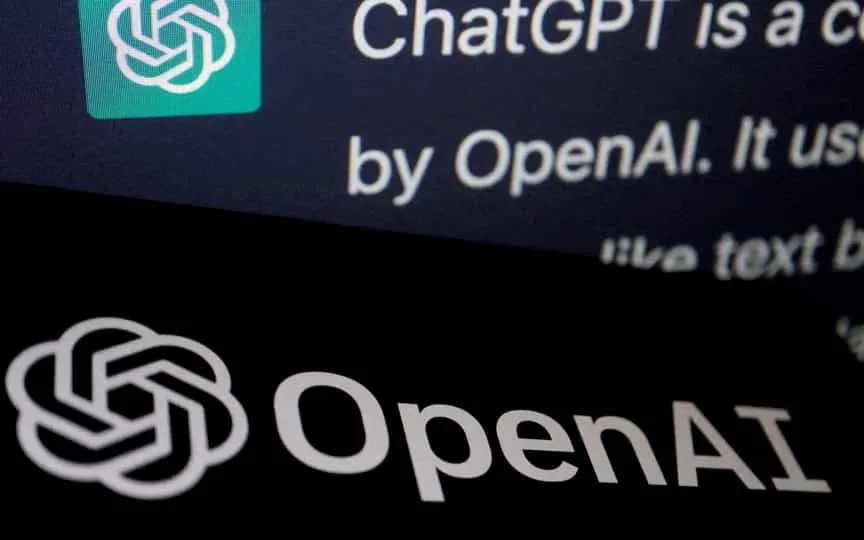India Embraces Chatbot that Refuses Bribes for Guidance
ChatGPT has gained popularity among investment banks and drug design firms due to its advanced technology. However, it is now expanding its reach to a vast workforce in India, which includes domestic workers, waste recyclers, and farmers who may not be proficient in technology or English.
In the crowded neighborhoods of Bangalore, ragpickers, cooks and cleaners are taking part in an artificial intelligence experiment to help some of the country’s poorest people get money from government anti-poverty programs without getting scratched by bureaucracy and corruption.
It’s an opportunity for people like Vijayalakshmi, who earns just $100 a month cooking for households in Jayanagar. He only uses his smartphone for basic purposes and does not speak English. Still, on that sweltering April afternoon, he joined a group of domestic workers to try out AI technology.
Vijayalakshmi, who has one name, as is common in South India, asked the bot a question in her native Kannada about educational grants. Moments later, a humanoid voice answered to explain the government assistance available to her 15-year-old son.
While the sea change initiated by OpenAI’s November release of ChatGPT has raised concerns about AI’s role in spreading disinformation and potential job losses, tests in Bangalore and Mewat in northern India show that it is also a tool that can promote social equality. The technology can help with professional communication, empower people with no language skills, and help people with disabilities, such as users of BeMyEyes, a personal assistant for the visually impaired.
Helping the underprivileged
Removing language and technical barriers is especially important in India, where about 16 percent of people live in poverty, according to the UN. The world’s most populous nation is positioning itself to be completely open to AI development, unlike China, which bans the use of ChatGPT, and the US and UK, which are exploring AI regulation. Indian ministers say the country is in no rush to introduce regulations, but may find ways to innovate and use technology to bridge language, education and cultural differences.
Several AI chatbots are being built in India to help the underprivileged seek justice, share advice with farmers and help migrant workers get support in cities.
“Technology is leaving billions behind, but AI can help them overcome literacy and technology literacy barriers,” said Rahul Matthan, partner who heads the technology practice at law firm Trilegal and is digital advisor to India’s finance ministry. public infrastructure. “Blank bans or sweeping regulations are not the way for India.”
Satya Nadella, CEO of India’s Microsoft Corp.—a major investor in OpenAI—discussed the difference the technology could make to a remote villager’s life at the World Economic Forum earlier this year. “A large base model developed on the West Coast of the United States a few months earlier made its way to a developer in India,” Nadella said. “I have never seen such a spread before. We expect the industrial revolution to reach large parts of the world in 250 years.
Still, the technology’s lightning-fast spread causes alarm for many. The lawsuits in Bangalore came just as OpenAI CEO Sam Altman called on US lawmakers to regulate AI amid concerns about political manipulation, health misinformation and hyper-targeted advertising. Altman and other AI company executives have since warned of the technology’s existential pitfalls, including the risk of extinction.
There are also concerns in India, as Jibu Elias, Mozilla’s senior responsible data scientist in New Delhi, raises concerns about consent, data protection and security. This is especially problematic when dealing with people who may not have technical skills and formal training.
No bribes needed
None of the women in the Bangalore trial had heard of ChatGPT, and some had given up on getting help after struggling with language barriers and bribe-demanding government officials and arbitrators.
The Bangalore trials were led by Saurabh Karn and his team at the non-profit OpenNyAI. The bot, called Jugalbandi, provides on-the-fly multilingual text-to-speech translation by feeding a collection of millions of parallel sentences spoken in different Indian languages into machine translation software and adding thousands of hours of speech recognition. For example, a rural farmer can ask a question in Haryanvi, a language spoken just outside Delhi, and the tool translates it into English, searches the database for a suitable answer, and then translates the answer back into Haryanvi and speaks it to the farmer in a human voice via Meta Platforms Inc.’s WhatsApp.
Jugalbandi is trained to filter out personally identifiable information, such as India’s unique digital identity number or information such as phone numbers and location, even before a user’s question is translated. Still, Karn admits that India’s massive social challenges are too big for AI to solve alone.
But for women accustomed to the challenges of bureaucracy and corruption, it’s a start. “A robot cannot throw our application in the trash like a government official does when he is unhappy with the amount of the bribe,” said Yashoda, a house cleaner who tried the tool in the domestic workers’ trial.
A week after Vijayalakshmi’s trial, a group of waste pickers in a neighborhood called Hebbal at the other end of Bangalore presented a new reality. The women spend their days on the streets collecting plastic waste, scrap metal and paper, after which they eke out a living by selling the daily collection to a local recycler. Most of them don’t own smartphones, showing that while AI can bridge some divides like language and literacy, it can also make the gap worse by completely excluding those without the technology.
The AI chatbot, on the other hand, instilled survival instincts in Vijayalakshmi.
“Robots that reject bribes are fine, but don’t build robots that can do housework,” he said. “I don’t want to lose my job to a robot.”




